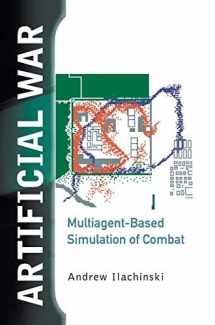
Artificial War: Multiagent-Based Simulation of Combat
Book details
Summary
Description
Military conflicts, particularly land combat, possess the characteristics of complex adaptive systems: combat forces are composed of a large number of nonlinearly interacting parts and are organized in a dynamic command-and-control network; local action, which often appears disordered, self-organizes into long-range order; military conflicts, by their nature, proceed far from equilibrium; military forces adapt to a changing combat environment; and there is no master “voice” that dictates the actions of every soldier (i.e., battlefield action is decentralized). Nonetheless, most modern “state of the art” military simulations ignore the self-organizing properties of combat.
This book summarizes the results of a multiyear research effort aimed at exploring the applicability of complex adaptive systems theory to the study of warfare, and introduces a sophisticated multiagent-based simulation of combat called EINSTein. EINSTein, whose bottom-up, generative approach to modeling combat stands in stark contrast to the top-down or reductionist philosophy that still underlies most conventional military models, is designed to illustrate how many aspects of land combat may be understood as self-organized, emergent phenomena. Used worldwide by the military operations research community, EINSTein has pioneered the simulation of combat on a small to medium scale by using autonomous agents to model individual behaviors and personalities rather than hardware.


We would LOVE it if you could help us and other readers by reviewing the book
Book review



